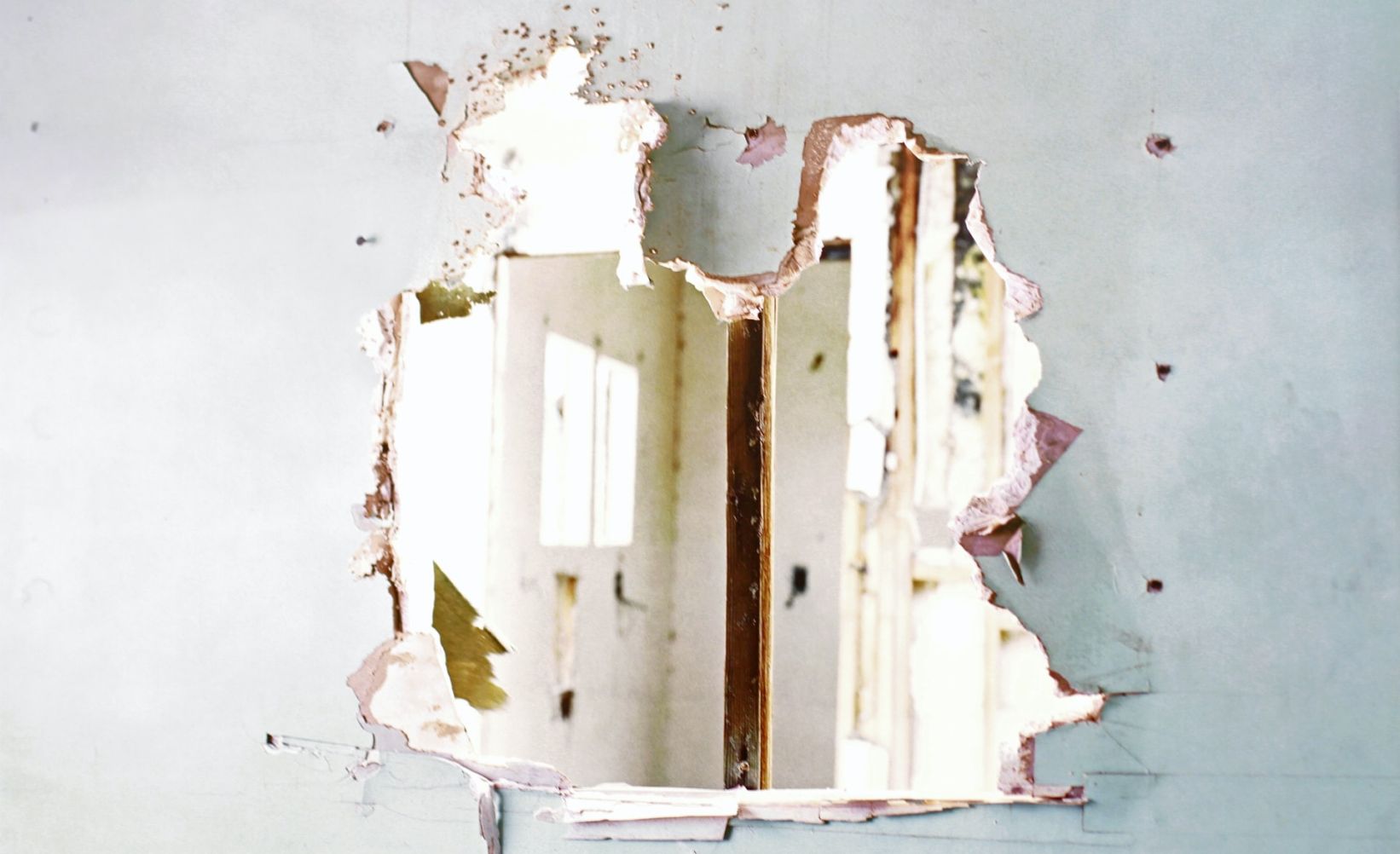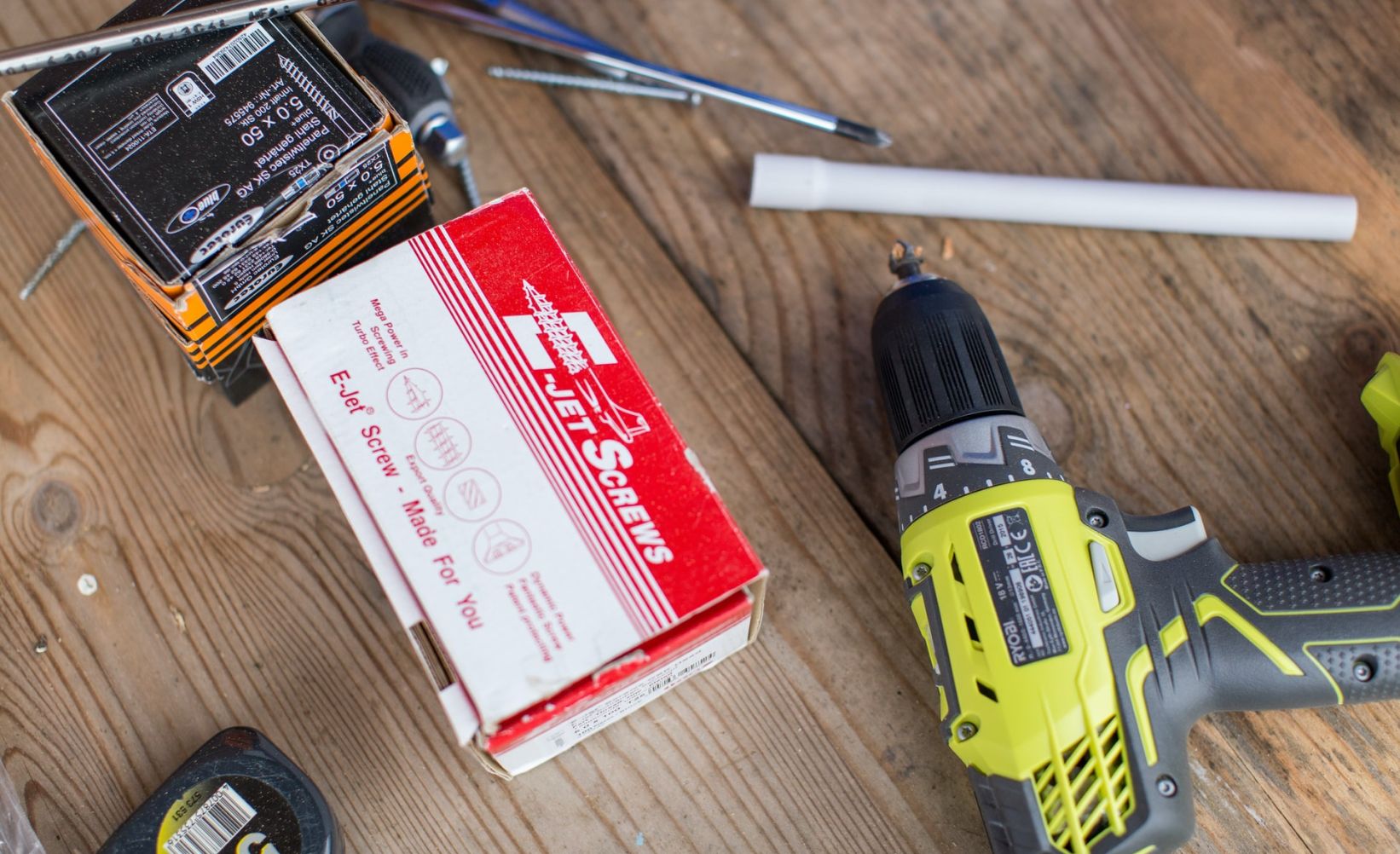The Ultimate Plasterboard Glossary
From gypsum plasterboard to moisture-resistant plasterboard or plasterboard plugs to dot and dab fixings, there’s a range of terms that can be quite confusing when you’re looking for plasterboard. Luckily, we have put together this useful glossary of terms relating to different types of plasterboard and tools used for fixing and fastening it. Interested in learning more? Let’s take a look at some common terms and their definitions.

Different Types of Plasterboard
A lot of people don’t realise that there’s different types of plasterboard each with different qualities for a range of purposes. For example, there’s moisture-resistant plasterboard for wet rooms or insulated plasterboard to reduce energy loss. We’re going to take a look at the different types of plasterboard and their performance characteristics. That way, you can make a more informed decision when choosing the best plasterboard for your requirements.
Standard plasterboard or drywall
Standard plasterboard, otherwise known as drywall or wallboard, is a type of board that can be used for a range of purposes. The main purpose of standard plasterboard is to allow a quick and easy installation of walls, wall partitions, and ceilings. This creates a flat, even surface so you can decorate the area as you wish.
Gypsum board
Gypsum board is another name used for standard plasterboard or drywall. It serves exactly the same purpose. The only difference is the mineral that is used to make the board.
Insulated plasterboard
Insulated plasterboard, sometimes called thermal plasterboard, is used to reduce heat loss from rooms and buildings. Using specially designed plasterboard for insulation is used as an alternative method to conventional thermal materials like fiberglass or stonewool insulation. It can be used alone or in combination with other insulation methods, if a higher level of insulation is needed. Insulated plasterboard is usually made up of a PIR or Phenolic board laminated to a plasterboard. This increases the r-value and thermal efficiency of the board.
Fire-proof plasterboard
Fireproof plasterboard, otherwise known as fireboard or fire-resistant plasterboard, resists the spread of fire for a certain amount of time. The amount of time depends on the individual product, however this typically ranges from 30 minutes to up to 2 hours. Typically, the board prevents the spread of fire by containing glass fibers in the core, this prolongs the structural integrity of the board. It can be used in addition to concrete, wood, and steel to reinforce the structure further, making it perfect for use in public buildings like shopping centres, schools, hospitals, and more.
Soundproof plasterboard
Soundproof plasterboard, often referred to as acoustic plasterboard, can be used to reduce noise transmissions from one space or building to another. This type of plasterboard is made from a denser material which means the sound dissipates as it passes through the board, leading to less noise transfer. There are a number of use cases for acoustic plasterboard, they can be used to stop noise entering or escaping a space, these include:
- If you have a home music studio and need to prevent noise levels disturbing neighbours.
- Dampening external noise such as trains, busy roads, and schools in busy urban areas.
- In offices between different rooms to increase privacy.
Moisture-resistant plasterboard
Moisture-resistant plasterboard is manufactured to provide protection against high moisture levels. It uses a water repellent layer which doesn’t easily absorb water. This kind of plasterboard is commonly used in spaces and rooms that are prone to high levels of water and humidity to prevent damage to the wall and ceiling area. This usually includes wet rooms, bathrooms, kitchens, and gyms. It also prevents the growth and build up of mould and mildew which is common in damp spaces.
All in one or multipurpose plasterboard
This type of plasterboard usually serves a range of purposes due to having different performance qualities. All in one boards usually combines noise reduction, resistance to impact, and fire resistant qualities. So, they’re great if you’re looking to cover these three performance qualities in one board.
Flexible plasterboard
This type of plasterboard is flexible in shape and therefore bends and moulds to the surface you’re fixing it to. Flexible plasterboard is a great option for rounded or curved walls or walls that require more complex shapes. Although the material is flexible and can withstand a degree of bending, it’s important to note it can’t be bent too far.
Impact plasterboard or heavy duty plasterboard
Impact plasterboard is great for industrial applications and is considered a heavy duty material. The toughened, higher density materials ensure it can withstand high external impacts. This type of plasterboard is generally used in busy inside spaces that are prone to lots of activity. This usually includes places like hospitals, schools, hotel corridors, prisons, and warehouses.

Plasterboard Installation and Repairs
From plasterboard wall plugs to support stands to help with securing ceiling boards, there’s a lot of tools out there. Let’s have a look at some common terms and their definitions relating to installing plasterboard and repairing it.
Plasterboard fixings and fasteners
These are designed to secure different items to the plasterboard. The fixings can vary depending on what you are fixing the plasterboard to. For timber or metal a drywall screw where in the case of an insulated plasterboard you may need an insulation mushroom.
Plasterboard wall plugs
Wall plugs are designed to support screws and bolts that are inserted into the plasterboard. When the plug is inserted into the wall, it expands and pulls back so that when the screw is added, the weight of the item attached to the screw is distributed evenly across the wall. These plugs are absolutely essential if you plan to install high load items to your plasterboard.
Joint tape
Jointing tape is a paper tape, which is used during the last stages of plasterboard installation. It’s applied to the joints of plasterboard, with a knife and jointing compound to fill the gap between the joints and produce a stronger surface without any weak points. You can also use it if cracks develop in the plasterboard over time.
Scrim tape
Scrim tape serves the same purpose as jointing tape by preventing weaknesses in plasterboard, particularly at the joints. However, it’s often a lot stronger. It’s also self-adhesive and you don’t need any compound to secure it to the wall.
Metal furring
Metal furring is a suspended metal frame which plasterboard can be fixed to for wall installation. Metal furring is inexpensive to buy and a lot easier to fit than timber, which makes it a popular choice for plasterboard installation.
Plasterboard coating
You can paint directly over plasterboard, however it’s recommended to use a coating before doing so to ensure a smoother and stronger finish. You can make your own coating by watering down emulsion paint, this is known as mist paint. This will act as a sealant on the plasterboard to ensure the paint doesn’t soak into it.
Support stands
Support stands are essential when installing plasterboard on the ceiling or at height. It allows you to maintain balance by supporting the ceiling board in place. Then you can use your free hands to secure the board in place, making it great if you’re doing the job on your own.
Contact Us About Plasterboard Related Terms
Whether you’re working on your own home, a self-build project, or looking at plasterboard for industrial purposes, it’s important to be aware of the different types and tools so you can find the best options. You can also learn more about other important building materials like insulation and roofing membranes for your projects. Have a term relating to plasterboard you’re unsure about that’s not on the list? For further information please visit: https://www.uvalue.ie/contact or phone: 01 861 2000.

